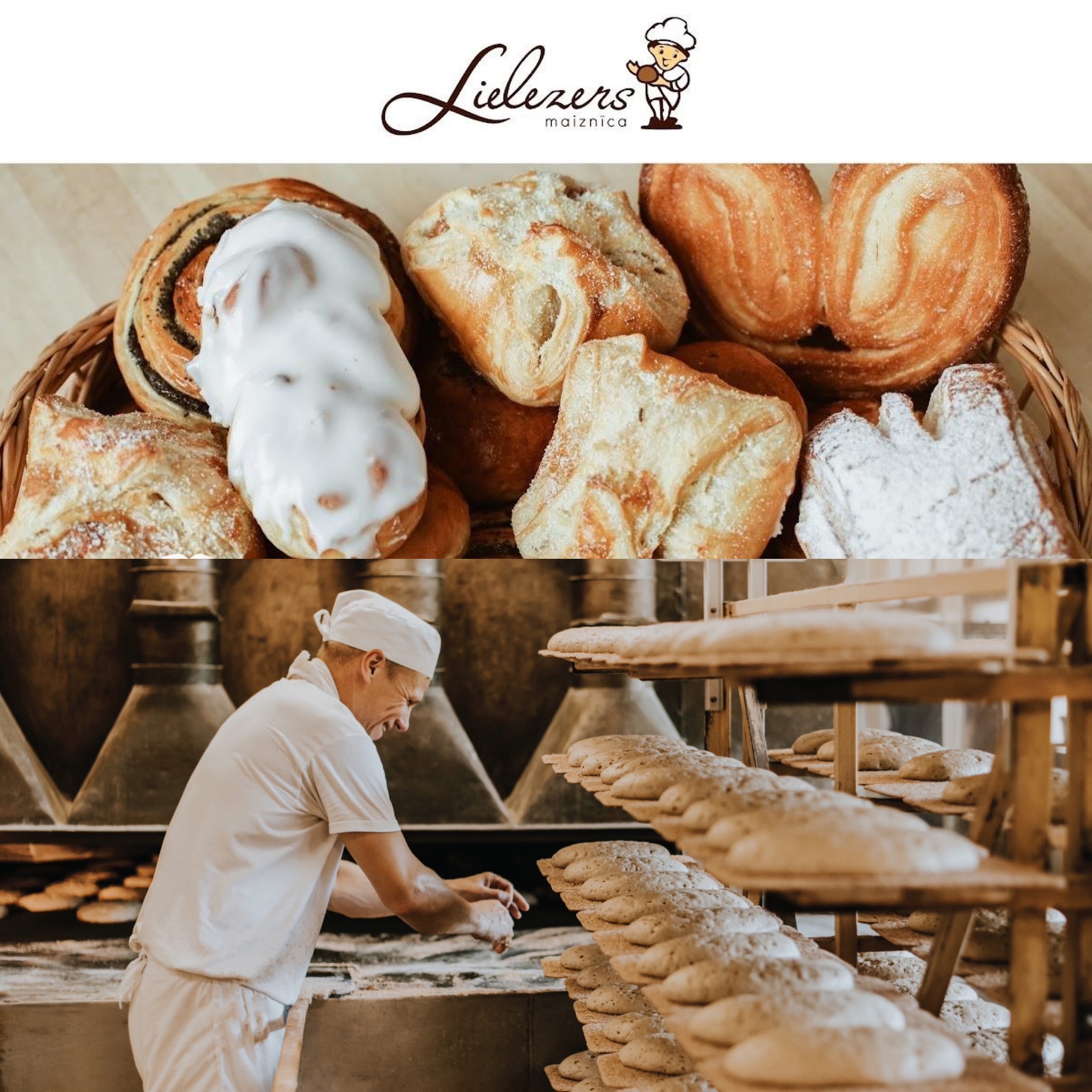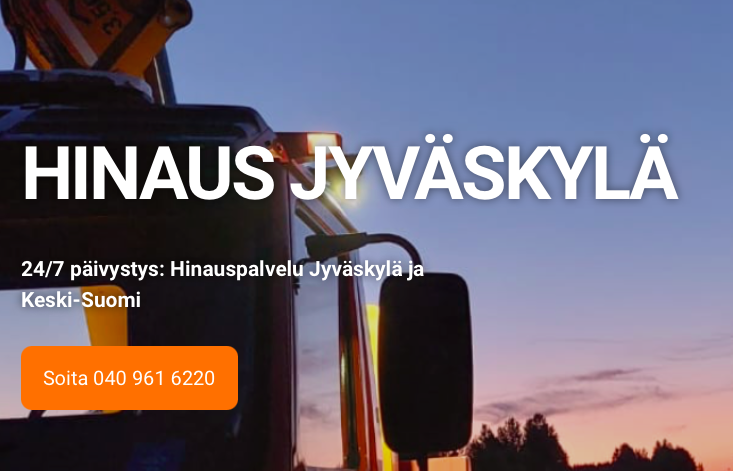South Australia’s fourth-largest island is set to become an ark for mammal species recovery, funded by $4.8 million from the state and federal governments including ridding the island of rats, mice, and cats.
Flinders Island sheep farmers the Woolfords had to rethink their future on the island, located 30 kilometres off the Elliston coast, when transport costs started rising and the value of wool decreased in the early 2000s.
Tobin and Jonas Woolford enjoying some recreational time on Flinders Island. (Supplied: South Australia Tourism Commission)
“The [farming] costs now are just astronomical, so it definitely isn’t viable,” Jonas Woolford said.
Mr Woolford’s vision is now to return the island to its natural state, to a time when explorer Matthew Flinders mapped the island and noted its abundance of wallabies roaming the almost 4,000-hectare haven while charting Australia in 1802.
The Commonwealth is providing $3.8 million and the state government, through the Eyre Peninsula Landscape Board, is contributing $1 million to remedy 200 years of farming and eradicate introduced pests.
The government spend has increased from when it was first announced in August 2020 with funding of $2.67 million.
The Woolford family loading wool off the island for the first time in 1979. (Supplied: Woolford family)
South Australian Environment Minister Susan Close said costs had gone up.
“What we worked out pretty early on when the department looked at the detail of what the environment looked like there, they worked out it was not going to be easy to get rid of cats, rats, and mice,” Ms Close said.
Federal Environment Minister Tanya Plibersek said feral eradication was transformative.
The banded hare-wallaby is a species that may be bred on Flinders Island. (Supplied: Environment Department South Australia)
“This is a fantastic example of governments and communities working together to better protect some of our most vulnerable animals,” Ms Plibersek said.
The project aimed to protect endangered species while providing a nature-based tourism opportunity.
“The Flinders Island Safe Haven project is vital because there are few places in Australia which provide such a unique opportunity for us to protect our important native wildlife as we strive for zero extinctions,” she said.
The Shark Bay bandicoot is a threatened species that could be introduced to Flinders Island. (Supplied: Department of Environment South Australia)
Baiting in May
Mr Woolford said the first phase to bait rats and mice was scheduled for May, outside of shorebird and seabird breeding seasons.
Then experts will tackle up to 200 feral cats on the island with the hope the island is pest-free by the end of 2025.
Flinders Island would have to be pest-free for a year before any reintroduction of native species occurred.
When the Woolfords took over ownership of Flinders Island in 1979 it was already a working sheep farm.
Resident marsupials had long died out at the hands of sealers in the early 1800s and cats from the 1950s.
Pest species are being eradicated from Flinders Island so it can be a haven for native animals. (Supplied: Josh Coulter/Flowcreator)
Ms Plibersek and Ms Close confirmed sub-fossil remains of native mammals, including the tammar wallaby and southern brown bandicoot, indicated a diverse range of small mammals once lived there.
“In South Australia more than 1,100 of our plants and animal species are listed as threatened under SA’s National Parks and Wildlife Act,” the pair said in a joint written statement.
“Since European settlement an estimated 73 species have become extinct in South Australia.”
Mr Woolford said human interaction had impacted native species on the island.
“Even from 1826, when the sealer Bill Bryant was out there … we know that he was hunting the wallabies along with the seal skins,” Mr Woolford said.
“There’s black rats which came off of the Kapara shipwreck in 1942 when it ran aground,” Mr Woolford said.
“Then house mice were introduced decades later, inadvertently in luggage and gear and stuff that was being brought out to the island in farming supplies.”
It is thought black rats came to the island aboard the Kapara which wrecked on Flinders in 1942. (Supplied: State Library of South Australia)
Ninety cameras set up under the project have recorded between 180 to 210 feral cats.
“Cats were taken out by some of the farming people — probably house pets to keep the rats under control,” Mr Woolford said.
“They ended up breeding up in numbers and were likely one of the contributors to the demise of the wallabies.”
Helicopters will be used for the rodent aerial baiting, and drone technology with thermal vision used to locate cats.
Experts from New Zealand and Tasmania are coming in to help on the project.
Mr Woolford met with Elliston residents last week to explain the roll out and strict biosecurity measures that will become part of visiting the island to ensure it remained pest free.
The Flinders Island Safe Haven team that will eradicate feral pests in front of the remains of the Kapara. (Supplied: SA Department of Environment and Water)
Boost for native plants
Seventy-five per cent of the island is already covered in native vegetation, but the eradication of pests is expected to boost native flora.
Flinders Island still has a lot of its original vegetation, with expectations it will increase as rodents are eradicated. (Supplied: Josh Coulter/Flowcreator)
“Even a lot of the plant species where the rats have been eating the seeds and keeping them at bay — I’m really looking forward to what some of the unexpected and unforeseen changes and bounce back will be across the island,” Mr Woolford said.
“We should actually see a real rebound in native species such as invertebrates and insects, reptile species, and the shorebirds.
“Hopefully, it might be like it was back in February 1802 when Matthew Flinders and his crew first landed on Flinders Island.
“In his ship’s log he reported that there was a lot of these miniature kangaroos bounding around everywhere.”











